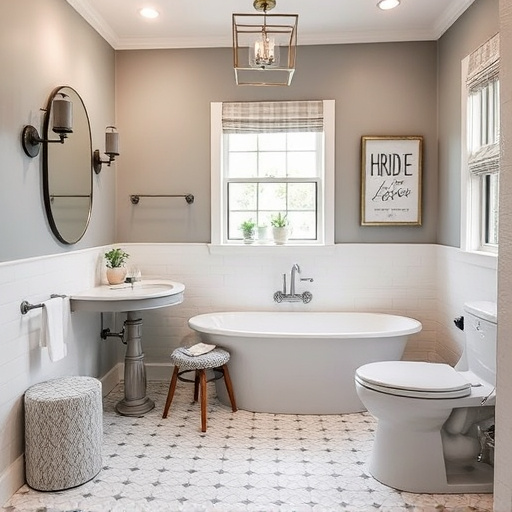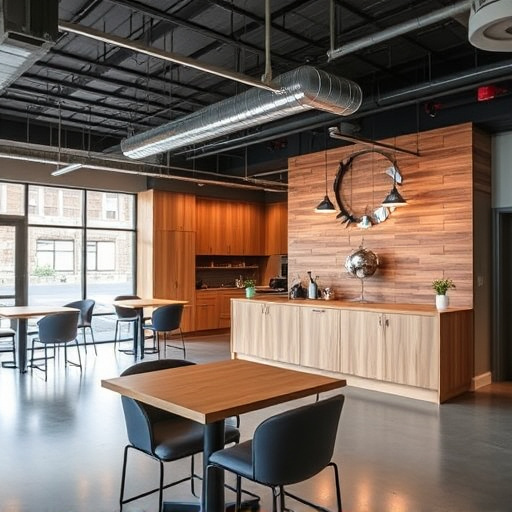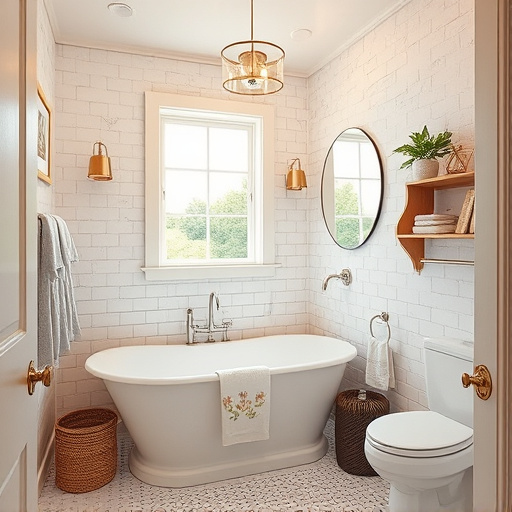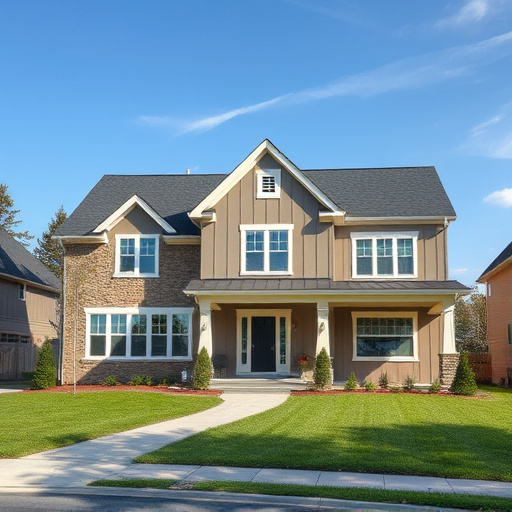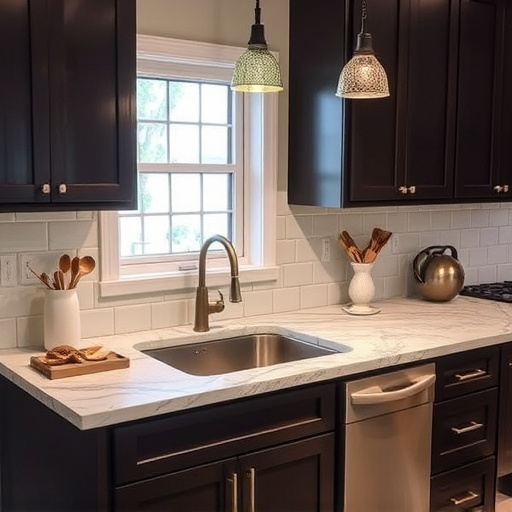During a business remodel, map customer interactions with your brand before, during, and after changes, focusing on awareness, communication, and engagement. Align renovation efforts with customer touchpoints for a seamless experience fostering loyalty. Beyond aesthetics, update design, enhance functionality, and integrate smart home tech to differentiate in the market. Post-remodel, measure satisfaction through surveys, reviews, and interactions, focusing on space aesthetics, functionality, and comfort. Positive feedback on flow, organization, and usability indicates successful business remodel outcomes.
A business remodel can significantly transform customer experience, but understanding and optimizing the customer journey during this process is key. This article delves into three crucial aspects: mapping and enhancing the customer journey amidst construction, implementing changes for a seamless post-remodel experience, and measuring success through customer satisfaction metrics. By following these strategies, businesses can ensure their remodel not only revitalizes operations but also strengthens client relationships and fosters long-term loyalty.
- Understanding Customer Journey During Remodel
- Implementing Changes for Enhanced Experience
- Measuring Success: Post-Remodel Customer Satisfaction
Understanding Customer Journey During Remodel
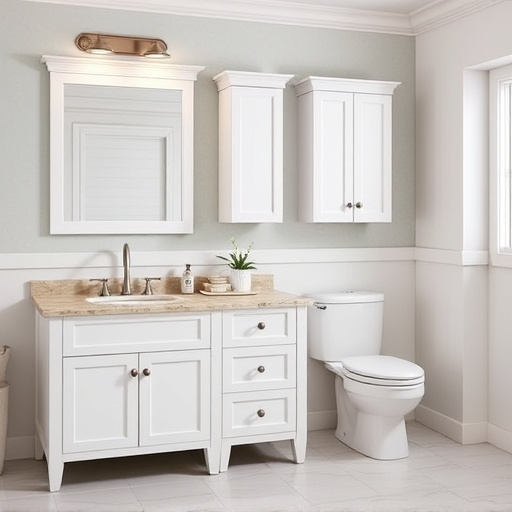
During a business remodel, understanding the customer journey is paramount. It involves mapping out how clients interact with your brand before, during, and after the renovation. This process begins by gauging initial awareness and interest through surveys or feedback mechanisms. As the remodel progresses, it’s crucial to communicate changes, expected disruptions, and updated contact points openly to minimize confusion and maintain engagement.
The customer journey isn’t just about internal processes; it reflects on the overall experience. For instance, a kitchen remodel might enhance in-store experiences with customized work options, while exterior painting updates could streamline online ordering and delivery systems. By aligning renovation efforts with customer touchpoints, businesses can ensure every stage of the journey is seamless, fostering loyalty and positive word-of-mouth.
Implementing Changes for Enhanced Experience
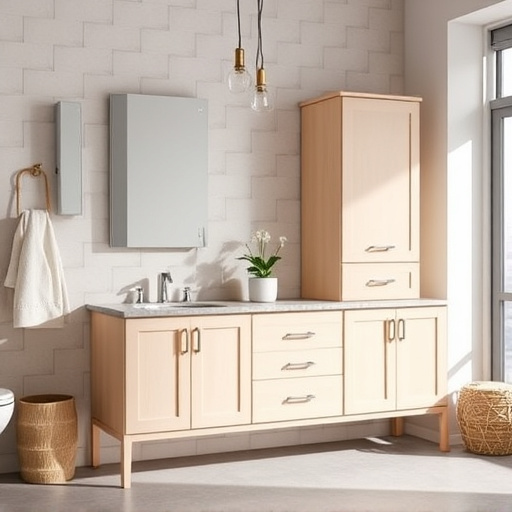
When a business undergoes a remodel, it’s not just about changing the physical space—it’s about transforming the entire customer experience. Implementing changes for enhanced experience should be at the heart of any successful business remodel. This includes updating design elements to create a modern and inviting atmosphere, enhancing functionality to streamline operations, and integrating new technologies that improve efficiency and convenience.
For instance, in a multiple room remodel or kitchen renovation, smart home automation can revolutionize customer interactions. Automated lighting, temperature controls, and security systems not only make the space more comfortable but also provide customers with a sense of control and personalization. Moreover, these technological advancements enable seamless interactions, allowing customers to manage their environment effortlessly through mobile apps or voice commands. Such innovations contribute to a memorable and satisfactory experience that sets the business apart in a competitive market.
Measuring Success: Post-Remodel Customer Satisfaction
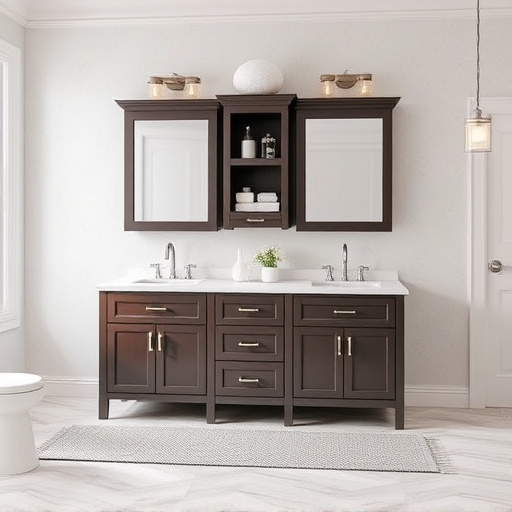
After a business remodel, measuring customer satisfaction is paramount to understanding whether the changes have lived up to expectations. This involves collecting and analyzing feedback from clients through various channels like surveys, online reviews, and direct interactions. By gauging customer satisfaction levels, businesses can objectively assess the success of their remodel project.
One key metric to track is overall satisfaction with the newly remodeled space. This includes evaluating aspects such as aesthetics, functionality, and comfort in areas like kitchens, which are often central focus points during a multiple room remodel or kitchen renovations. Positive feedback on improved flow, better organization, and enhanced usability indicates that the business has created more functional spaces that cater to customers’ needs and elevate their overall experience.
A successful business remodel goes beyond physical changes; it focuses on transforming the entire customer journey. By understanding customer needs and preferences, implementing intuitive design elements, and ensuring seamless interactions, businesses can create a positive and memorable experience. Measuring customer satisfaction post-remodel is crucial to gauge the impact of these changes and make further improvements. This data-driven approach allows businesses to stay agile and responsive to their customers’ evolving expectations, ultimately driving long-term success in a competitive market. A well-executed remodel can revitalise operations, attract new clients, and foster stronger customer loyalty.




